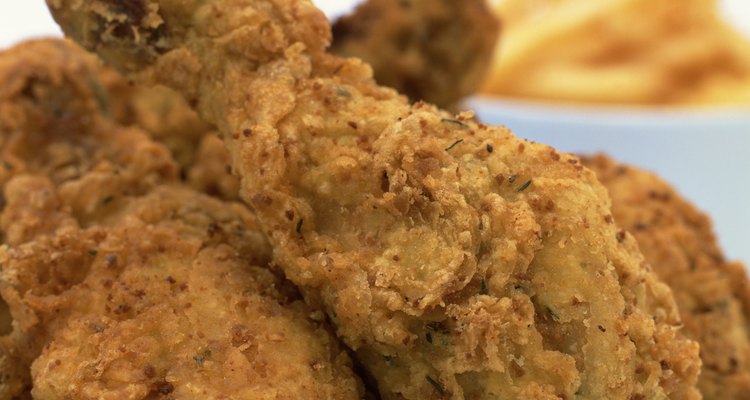
No need to search for cake flour for frying chicken -- all-purpose flour works just fine and creates a crisp coating on fried chicken that makes it crunchy. While the low-protein cake flour makes a more tender crumb than all-purpose flour, it is not needed, nor does it produce any discernible difference when using it for fried chicken.
Fried Chicken Coating
The traditional way to dredge chicken for frying is using all-purpose flour. The method by which this is done varies greatly among regions and cooks. All varieties begin with seasoning the raw chicken with salt, pepper and other spices, including garlic powder and cayenne. The chicken is then dredged in flour or dipped in egg and then dredged in flour to provide a crisp coating when fried. For an even crispier coating, dip the dredged chicken in egg or water and dredge it again in flour before frying.
Flour for Dredging
All-purpose flour is generally used for dredging chicken for frying, but brands and types of all-purpose flour vary. Between bleached and unbleached brands, protein levels in all-purpose flour fluctuate between 10 and 12 percent. These differences do not make a significant difference in how the coating on the fried chicken turns out. Avoid bread flour with protein levels above 12 percent and whole-wheat flour for frying, as they create undesirable texture.
Additional Dredging Flours
Other kitchen staples, like cornstarch and rice flour, can also be used to dredge chicken before frying. Because these both brown more quickly than all-purpose flour, only use them on small cuts of meat, such as boneless chicken breast pieces or thigh pieces. Season the chicken in the same way and dredge in rice flour or cornstarch. Deep fry or pan fry until the outside of the chicken is browned well and the internal temperature reaches 165 degrees Fahrenheit.
Chicken Frying Basics
Always fry chicken in a deep pan filled no more than halfway with fat to prevent grease splattering and burns. Heat the oil over medium-high heat until a bit of flour sprinkled in quickly disappears; if this does not happen, wait until it does to begin frying your chicken. The chicken will float when it is fully cooked if given room in the pot to do so; always wait for this indication of doneness before checking the internal temperature with a kitchen thermometer to ensure it has reached 165 F. Drain fried chicken on paper towels to soak up excess oil.
Related Articles

What Can I Substitute for Cake Flour to ...
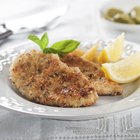
How to Cook Chicken Cutlets Without ...

Deep-Frying Using All-Purpose Flour

Can You Use a Baking Mix to Make Fried ...

If Chicken Smells Bad Can You Still ...

How to Bake Chicken With Almond Flour
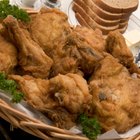
How to Par-Cook Chicken Before Frying

How to Cook Fried Drummettes

How to Cook a Baked Panko Chicken Liver
Can You Use a Baking Mix to Make Fried ...

Can I Use Flour to Make Breaded Shrimp?

How Many Calories in Gluten-Free Bread?

Does Rice Taste Different Depending on ...

How to Cook Fish With Flour

How to Cook With Coconut Flour for Main ...

Does Cornstarch Make Fried Chicken ...
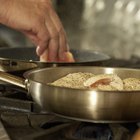
Can I Cook Chicken That's Been Thawed ...
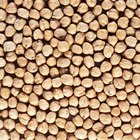
How to Roast Chickpea Flour
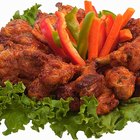
How to Cook Fried Drumettes

How to Cook Drumsticks With Bread ...
References
- The New Best Recipe; America's Test Kitchen
- The Japanese Kitchen; Hiroko Shimbo
Writer Bio
Based in Portland, Ore., Maxine Wallace is a writer with more than 12 years of experience. With a bachelor's degree in journalism and experience working on marketing campaigns for large media agencies, she is well-versed in multiple industries including the Internet, cooking, gardening, health, fitness, travel and holistic living.
Photo Credits
ITStock Free/Polka Dot/Getty Images